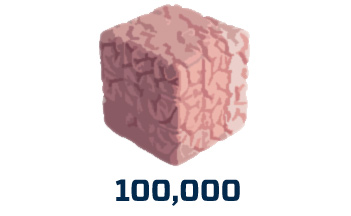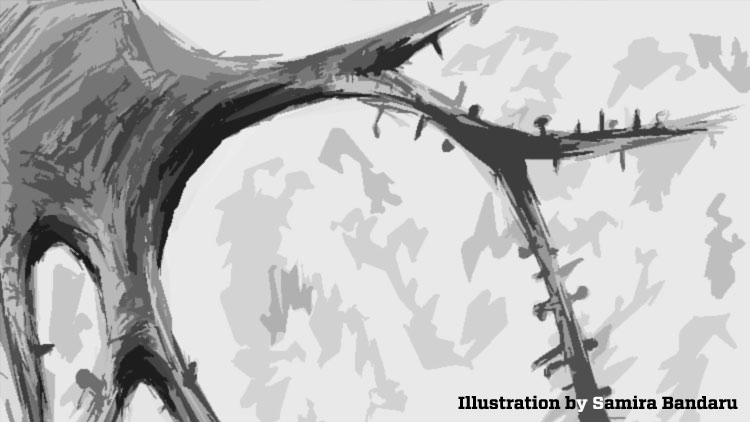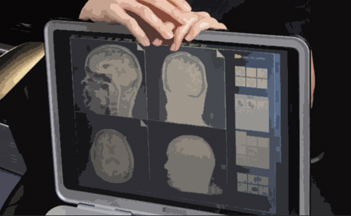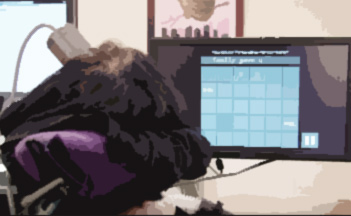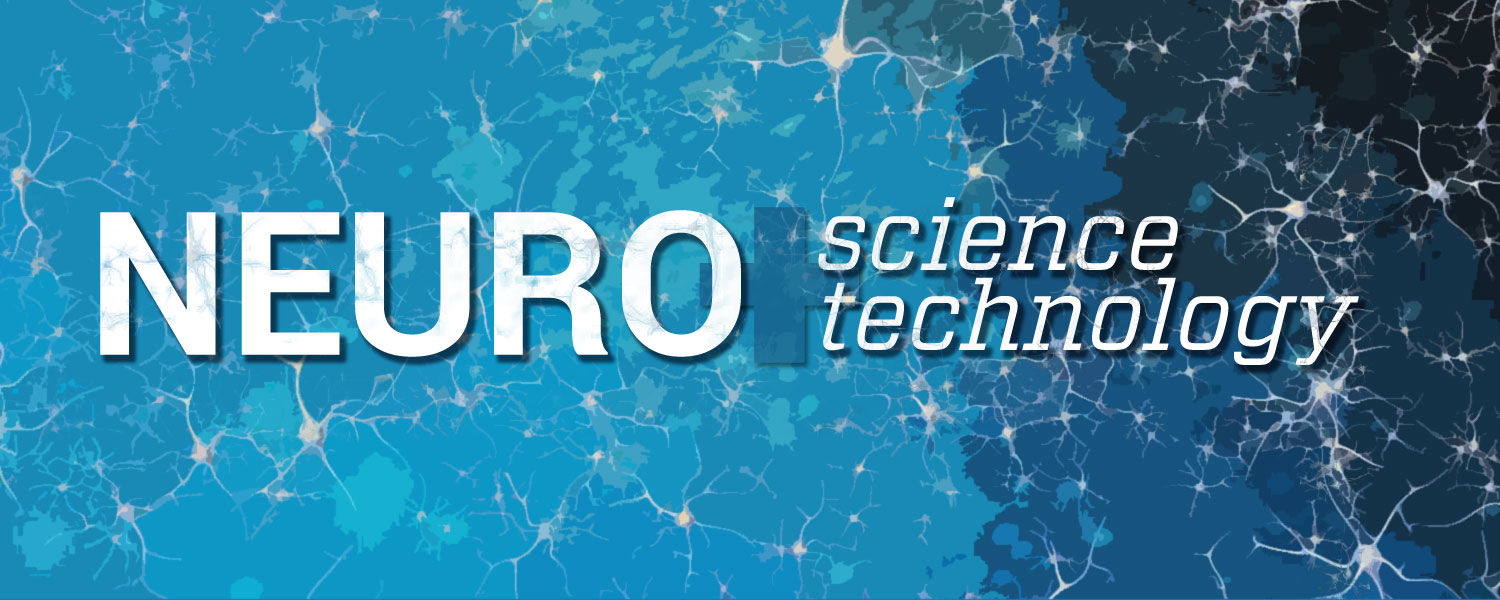
Neuroscience and Neurotechnology at Tech
Published October 30, 2017.
Neuroscience is vital to everything we do. Every aspect of the human experience relies on brain and nervous system function.
Across Georgia Tech, researchers, scientists, and students are creating the next breakthroughs in understanding this complex system, treatments of neurological diseases and injuries, and tools to improve neural function.
Making Sense of the Neural Network
Imagine trying to eavesdrop on the human brain, with its complex, chattering galaxy of 86 billion neurons, each one connected to thousands of other neurons, holding cellular conversations through more than 100 trillion synaptic connections.
It is a dense and noisy communication network, wrapped and hidden deep within precious tissue.
We’ve pondered over, poked, and prodded the brain for centuries. But so much of what goes on inside our skulls is a mystery and neuro-research is still closer to the starting line than the finish.
The Brain: Cosmos in the Cranium
The human brain is believed to have more than 160 billion cells; more than half of them are neurons. And they often share thousands of connections with neighboring neurons to form somewhere between 100 trillion and a quadrillion circuits flashing day and night.
That’s many hundreds of times more circuits than there are twinkling stars in the Milky Way.
Georgia Tech neuroscience researchers are exploring our most magnificent and vast organ — from the mighty effects of tiny genes to the building blocks of thought.
Brain Research + Innovative Neurotechnologies
Two faculty members of the Petit Institute for Bioengineering and Bioscience are part of a new round of projects to support the Brain Research through Advancing Innovative Neurotechnologies (BRAIN) Initiative.
Launched by President Barack Obama, the BRAIN Initiative is a broad effort to equip researchers with fundamental insights for treating a range of brain disorders such as Alzheimer’s, schizophrenia, autism, epilepsy, and traumatic brain injury.
Alzheimer's: Killing the Mind First
When George Wright buried his wife, Beth, in 2013, he was probably easing into the same illness that had killed her at age 84. But his adult children hadn’t yet noticed that he, too, had Alzheimer’s disease.
Their eyes had been fixed on their mother while her mind unraveled, and doctors had no way of stopping or slowing the deterioration.
This could be your story one day, unless medical research makes significant strides.
B.S. in Neuroscience Takes Off
Undergraduate enrollment in the new Bachelor of Science in Neuroscience program has far exceeded expectations.
This enthusiastic response was surprising — but then again, not, says Tim Cope, chair of the Undergraduate Neuroscience Curriculum Committee and professor in the School of Biological Sciences and the Wallace H. Coulter Department of Biomedical Engineering.
“Hardly a day goes by that there’s not something in the news — a health concern or a recent breakthrough or societal challenge — that doesn’t involve neuroscience,” he says. “It’s a growing field with so many opportunities, and it’s inspired a lot of interest from our students.”
College of Sciences Research
Students in the B.S. in Neuroscience program are encouraged to participate in undergraduate research with one of more than 50 faculty members involved in neuroscience research.
Research within the College of Sciences explores brain function mechanics and the emergence of normal, aberrant, or developmental behavior from the components of the nervous system — at varying scales of complexity.
Balancing Innovation and Security
Machines that can read thoughts. Minds linked with computers. Pills that can ease or even erase horrible memories of war. These are the sort of advances cognitive neuroscience researchers are pursuing to better treat disease, help soldiers endure battle, and improve life after traumatic injuries.
But the scientists working on such projects don't always realize the potential downsides of their work, according to research by Margaret E. Kosal, an associate professor in Georgia Tech's Sam Nunn School of International Affairs.


